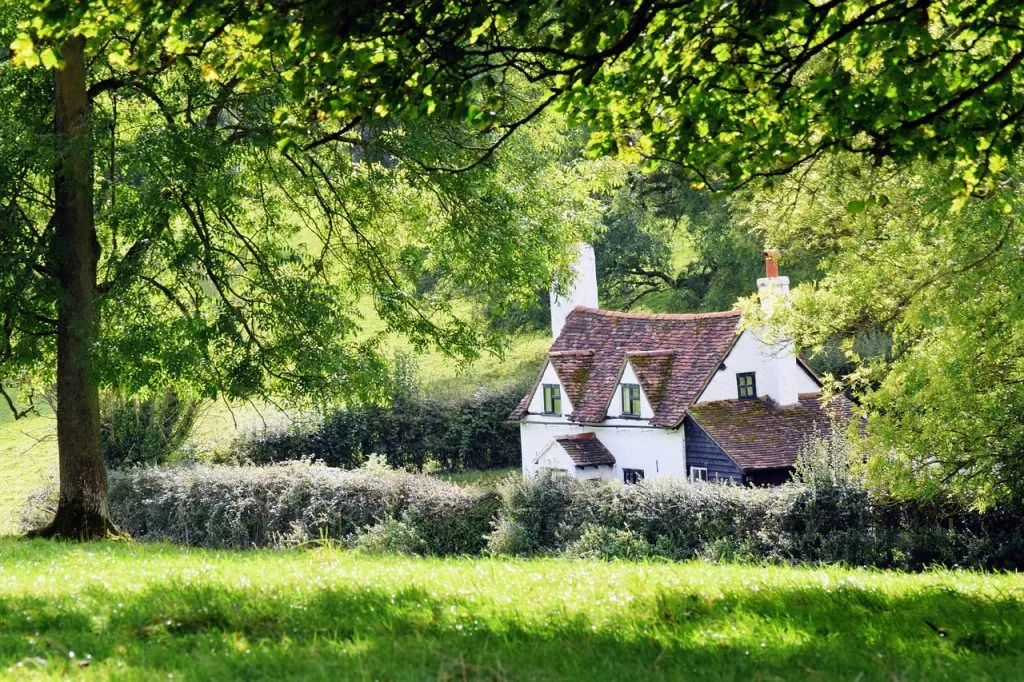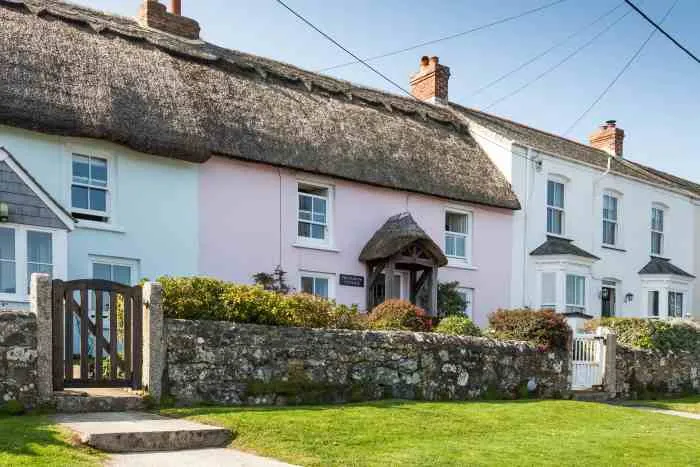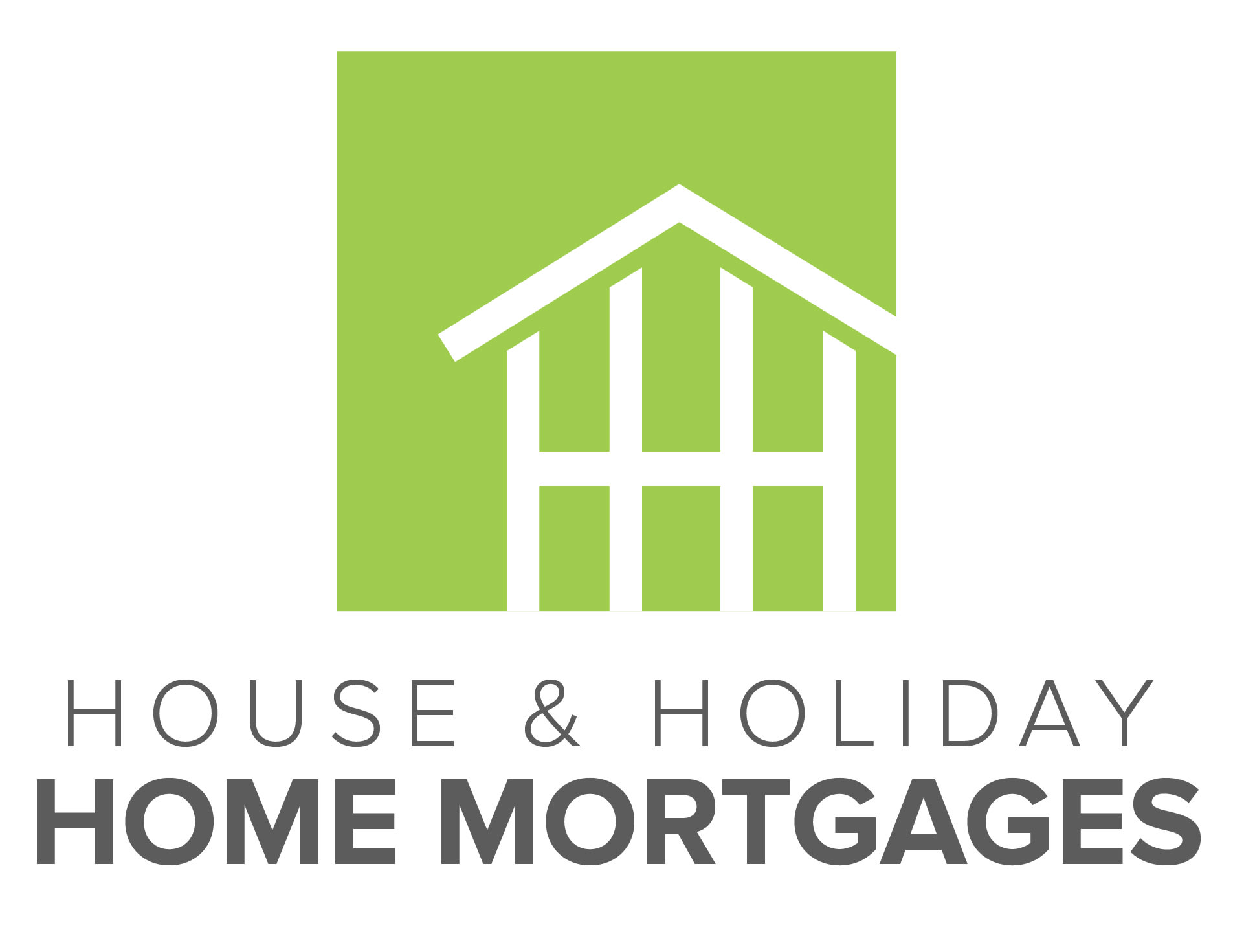Boost Your Holiday Let Occupancy Rates

For holiday let owners, understanding and optimising your occupancy rates is the foundation of creating a successful and profitable holiday let property.
A higher occupancy rate means more frequent bookings and increased revenue, leading to a better return on your investment. On the other hand, low occupancy rates can result in financial strain.
Therefore, your priority as a holiday let owner, is to achieve and maintain the right level of occupancy rates to reach all your financial goals.
Average Occupancy Rates in the UK (Around 32%)
The UK’s holiday let industry is dynamic and diverse, with occupancy rates varying throughout the country.
On average, holiday let owners can expect their properties to be occupied for approximately 32% of the year.
However, this number varies because of the influence of variables such as:
- location
- seasonal patterns
- price
- marketing
- local attractions.

Regional Variations in Occupancy Rates (e.g., Scottish Highlands vs. South Coast)
The holiday let market in the UK is incredibly diverse, and occupancy rates do tend to vary significantly between north and south.
For instance, the captivating Scottish Highlands and Islands stand out with an impressive average occupancy rate of approximately 40%.
This region’s breathtaking landscapes, rich cultural heritage, and a plethora of outdoor activities attract tourists throughout the year, contributing to its higher occupancy rate.
On the other hand, the South Coast of England maintains an average occupancy rate of around 32%.
While still a popular destination, the South Coast experiences slight differences in demand compared to the Scottish Highlands due to distinct factors that influence visitor preferences.
Factors Contributing to Regional Differences
Here are the main factors that contribute to the regional split.
1: Seasonal Patterns and Tourist Attractions
Seasonal fluctuations play a big role in determining occupancy rates in different UK regions.
Tourist hotspots like the Scottish Highlands experience a surge in bookings during peak seasons, such as the summer months, when visitors are drawn to explore the region’s lush landscapes and iconic landmarks.
Conversely, the South Coast of England, while also experiencing increased tourism during summer, may see relatively steady bookings due to its milder climate and year-round appeal.
2: Geographical and Demographic Factors
Geographical variations significantly impact the attractiveness of holiday destinations.
Regions with unique and diverse landscapes, such as the Scottish Highlands, offer visitors a chance to immerse themselves in nature and experience distinct cultural traditions.
Demographic factors, including the age, interests, and preferences of potential guests, can also influence regional occupancy rates.
For example, the South Coast of England might be particularly popular among families looking for beach holidays. On the other hand, those attracted to the Scottish Highlands are more likely to be adventure-seekers and nature enthusiasts.
3: Local Economic and Travel Trends:
The economic condition of a region and its accessibility to transportation hubs also influence occupancy rates.
Economic stability and local prosperity can lead to increased spending on travel and leisure activities, contributing to higher occupancy rates.
Additionally, the ease of travel to a particular region, whether by road, rail, or air, affects its overall appeal to potential guests. Regions with convenient transportation options are likely to witness higher tourist traffic and, subsequently, higher occupancy rates.
Understanding these regional variations and the underlying factors that drive them, gives you an opportunity to tailor your marketing strategies, property amenities, and pricing to cater to your target audience effectively.
By capitalising on the unique attractions and strengths of the location of your holiday let, you can work towards maximising occupancy rates and your property’s overall success in the competitive market.
Understanding Holiday Let Occupancy Rates
Holiday let occupancy rates refer to the percentage of time a holiday rental property is occupied by guests over a specific period. This is usually calculated on a yearly basis.
Calculating your occupancy rate gives you a clear picture of how frequently the property is booked and used. This metric allows you to accurately evaluate the performance of your property. Armed with this information, you can make informed decisions about how to enhance its profitability.
Factors Influencing Occupancy Rates
Several factors contribute to the fluctuation of holiday let occupancy rates. Here, we look at the most important ones.
Seasonal Variations:
Demand for holiday rentals tends to follow seasonal patterns.
Peak seasons, such as summer and major holidays, often have higher occupancy rates. While off-peak periods might experience lower bookings. This depends on other circumstances too. For example, if there’s a popular Christmas market near your holiday let, you may increase occupancy during the off-peak season.
Local Attractions and Amenities:
Proximity to popular tourist attractions, beaches, hiking trails, cultural sites, and recreational facilities can significantly impact occupancy rates.
Properties located near sought-after destinations tend to attract more guests.
Property Condition and Amenities:
The overall quality and comfort of the holiday let, along with the range of amenities provided, can influence guest satisfaction and repeat bookings.
Well-maintained properties are most popular. If you provide a clean, comfortable, safe space, with desirable features, you’re more likely to attract positive reviews and higher occupancy rates.
Marketing and Advertising Efforts:
Effective marketing strategies including:
- online promotion
- professional property listings
- professional photography
- engaging social media content.
All those listed above can increase the property’s visibility and attract potential guests, leading to higher occupancy rates.
Looking at increasing your occupancy, next we’ll explore some improvement strategies you can use to do that.
Strategies to Improve Holiday Let Occupancy Rates
Enhancing Property Appeal.
Anything you can do to make your holiday let a more attractive property is will lead to happy guests, good reviews, and a good chance of higher occupancy.
Maintaining Property Condition and Cleanliness:
Ensuring your holiday let is well-maintained and spotlessly clean is essential to leaving a positive impression on guests.
Regular inspections and prompt addressing of any maintenance issues are crucial to maintaining the property’s appeal and attracting positive reviews.

Adding Attractive Amenities
Upgrading the property with desirable amenities can significantly increase its appeal to potential guests.
A sauna, steam room, private swimming pool, hot tub, or well-designed outdoor seating/barbecue area will heighten the overall guest experience and set your holiday let apart from others in the area.
Targeted Marketing and Advertising
Leveraging Online Platforms (e.g., Airbnb, Vrbo, Booking.com):
The digital era has transformed the way travellers search for and book holiday rentals.
Utilise popular online platforms and holiday booking websites to reach a broader audience. Having a strong online presence allows potential guests to discover your property easily.
Optimising Property Listings
Write captivating descriptions, and high-quality photos to capture the essence of your property.
Craft compelling property descriptions that highlight the unique features of your holiday let and its surroundings. High-quality photos showing the property’s best aspects can entice potential guests to book their stay.
Savvy holiday let owners will invest in professional copywriters (who specialise in persuasive writing) and photographers to make their property listings a cut above.
Utilising Flexibility with Booking Policies
Different Check-in/Check-out Days:
Offering flexible check-in and check-out days allows guests to plan their trips according to their convenience.
By accommodating various travel schedules and preferences, you’re more likely to get more bookings.
Minimum Stay Requirements and Cancellation Policies:
Setting reasonable minimum stay requirements and clear cancellation policies provides guests with transparency and helps build trust.
Flexible policies can also encourage hesitant guests to finalise their bookings.
Collaborating with Local Businesses
Partnering with Tour Operators, Restaurants, and Attractions:
Collaborating with local businesses can add value to your holiday let’s offering.
By partnering with tour operators, restaurants, and nearby attractions, you can provide guests with special deals and packages, creating a more comprehensive and attractive experience.
Offering Exclusive Deals and Packages to Guests:
Tailor exclusive packages for your guests that include discounts or vouchers for local activities, dining options, or nearby attractions.
These unique offers can enhance the overall guest experience and encourage repeat visits.
Social Media and Email Marketing
Engaging with Potential Guests through Social Media:
Use social media platforms to showcase your holiday let, share guest reviews and experiences, and promote upcoming events or special offers.
Engaging with potential guests on social media can create a sense of community and foster interest in your property.
Utilising Email Newsletters to Share Updates and Special Offers:
Maintain an email list of previous guests and potential leads.
Sending out regular newsletters with updates, promotions, and exclusive offers can keep your property fresh in the minds of potential guests and encourage repeat bookings.
Seasonal Themes and Events
Match the ambiance of the season to attract visors.
Tailoring Decor and Ambiance to Match Different Seasons or Events:
Embrace seasonal themes and decor to create a welcoming ambiance that aligns with the time of the year or special events.
This attention to detail can create a memorable experience for guests and potentially lead to positive word-of-mouth recommendations.
Attracting Guests Seeking Unique Experiences:
Capitalise on local festivals, events, or activities by promoting your holiday let as an ideal base for experiencing these unique happenings.
Guests seeking special experiences are more likely to be drawn to your property.
Repeat Guest Incentives
Providing Discounts or Perks to Encourage Guest Loyalty:
Rewarding repeat guests with exclusive discounts or perks is a great way to build your holiday let’s brand.
It increases loyalty and encourages guests to choose your holiday let for their future visits.
Building a Base of Returning Customers for Consistent Occupancy:
Consistent occupancy rates can be achieved by nurturing a base of loyal guests who repeatedly choose your property for their weekend breaks or longer holidays.
Excellent guest experiences and personalised interactions can contribute to building this loyal customer base.
By implementing these strategies, holiday let owners can enhance their property’s appeal, attract a broader audience, and ultimately increase their occupancy rates.
The combination of a well-maintained, attractive property, effective marketing efforts, and a focus on guest satisfaction can lead to higher occupancy rates and long-term success for your holiday let property.

